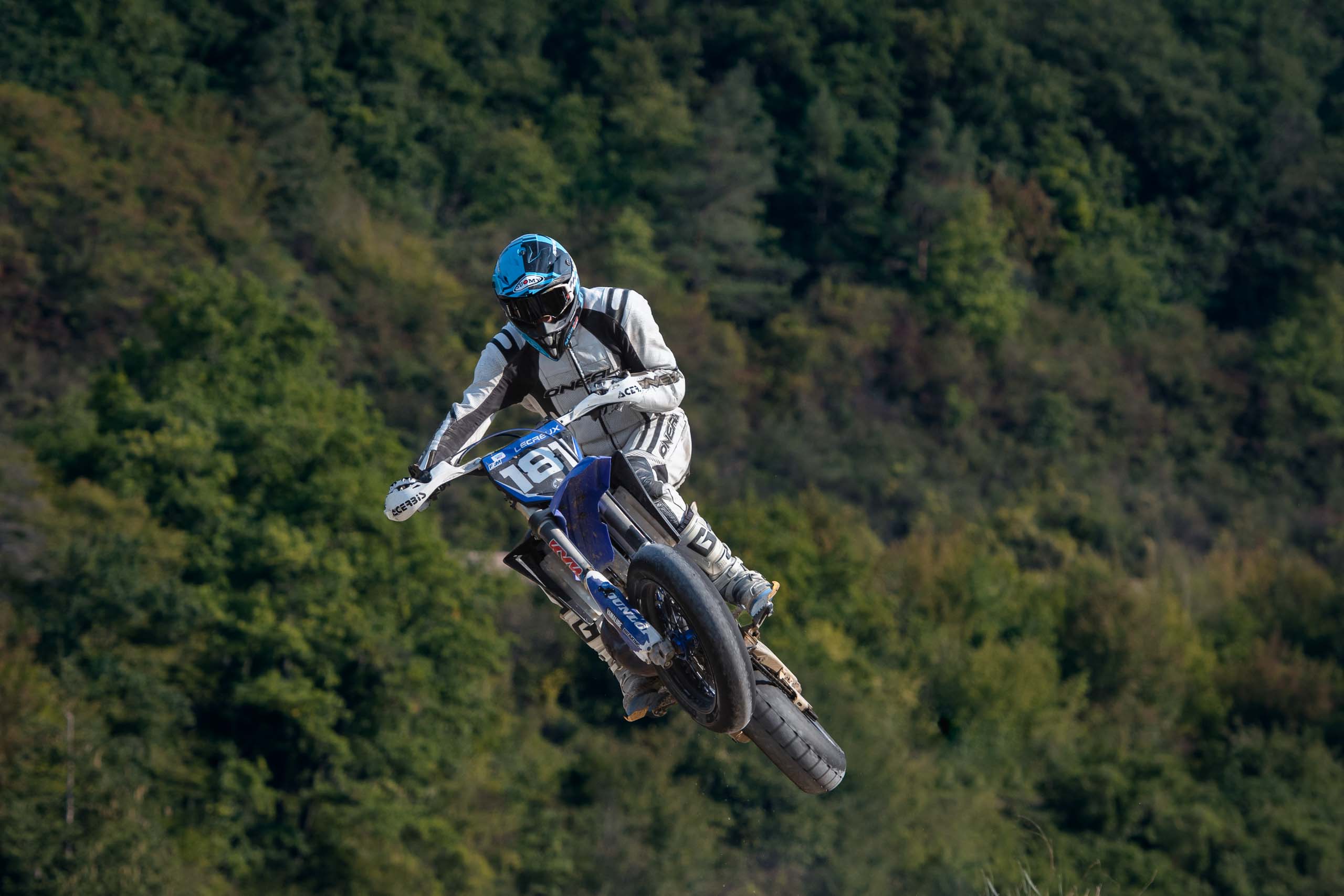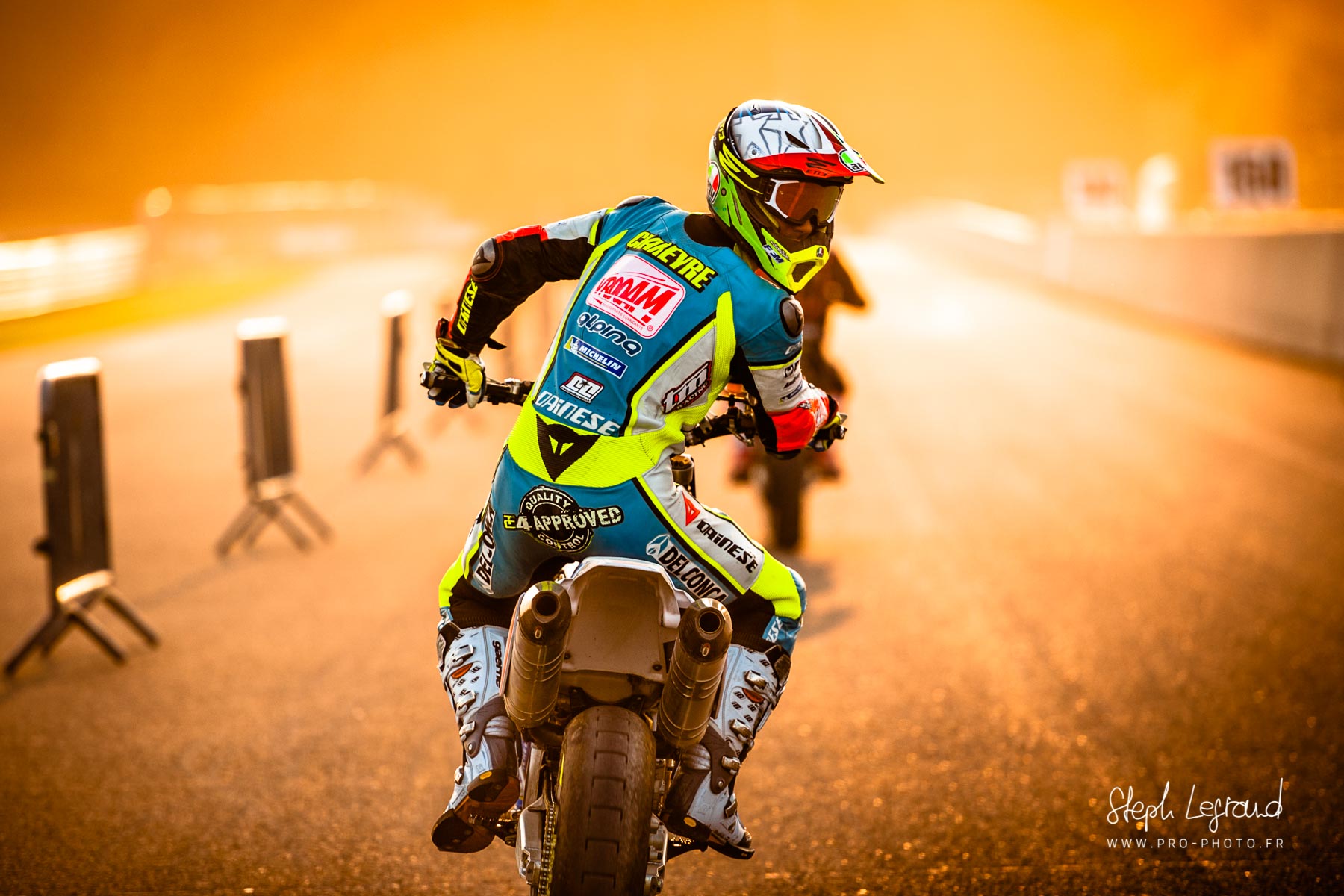How to prevent photo theft on social media?
Now that’s an ugly subject! Every published photograph has an owner. There is no such thing as a copyright-free picture, at least not in the sense that most people interpet it. I’m not going to go into the details of intellectual property law, because I’m not a lawyer. But as a photographer, it is important for me to defend my interests, without wasting all my energy fighting for nothing.
The fact is that many individuals and companies unashamedly serve themselves with pictures that are published on the Internet.
Why it is discouraging
The widespread pillaging of my photos (there is no other way to describe it) in recent years has become demoralizing. Pursuing each case of theft was almost impossible without spending a disproportionate amount of time on it. Sometimes I even hesitate to publish on my Facebook or Instagram accounts. Within hours, unscrupulous individuals repost the pictures without authorization, sometimes even cropping them to remove my branding. I’ll skip the arguments: it’s plain theft. But the risk is that theft will become the norm.
Most platforms where pictures are republished are American: Instagram, Facebook, Pinterest, Tumblr. There is a law that requires these platforms to quickly delete stolen content (DMCA, or Digital Millennium Copyright Act). Although each platform has a fairly simple procedure with a form to fill out, it takes time. On each occasion, you have to provide the original photo, a description of the image, my full contact information, the link to the stolen photo… I had started to do it, but it takes far too much time, as soon as it involves several dozen photographs, and you have to repeat the same information for each publication.
Note: if you make several theft reports concerning the same page or the same account (for example Instagram), the account can be suspended, then terminated for repeated abuse, which is good news.
But I had more or less dropped this type of action, because I just don’t have hours to spend every week on these reports.
Why you should (still) fight
Lately, I’ve been trying to revisit all that, though. One of the problems with letting it go is that it encourages everyone to continue looting. Worse, it punishes, as usual, my clients who do things the right way. Not to mention the fact that I could find my photos on disreputable pages and accounts, which hurts my brand’s reputation.
There are services that allow you to store published photos and look for illegal copies. These services can be quite expensive, and most importantly, they do not work against individuals who publish on social networks. So it was not satisfactory in my specific case.
My solution
So I had to work on a ” homemade” answer. The off-peak period, following the lockdown in early 2020, allowed me to start building my own tools.
I set up a database of my most stolen photos, with the necessary information to report the theft (title and description of the photo, date and place of the shooting, link to the original published version). The result: an automatic system in which I just enter the link of the illegally published photo, the original photo in my database, and the contact who handles DMCA complaints on the relevant site. For the moment, it only covers Facebook, Instagram, Tumblr or Pinterest, but it will be expanded shortly. The system instantly sends a legal notification e-mail to the hosting provider.
Here is an example of the automatically generated email:
The results
The first e-mails went out yesterday in the afternoon. The first answers I received last night confirmed the deletion of the stolen photos. So it’s a big success. All the statements so far have led to the removal within a few hours. I still have no information on the termination of the accounts that have committed the biggest offences.
As soon as I see a photo published without my consent, it’s now much simpler. If it is already in the database, in two clicks, the e-mail is generated and the legal notification is sent. If it is not in the database, it takes a few minutes to add it, and it is ready for the next occasions.
The technical choice
For those who are interested, the solution I have chosen is SuiteCRM. It is an open source CRM software (free) that is extremely flexible and that I use for many other things. Its database can hold photos and information, and it manages automated emailing with great efficiency.
The picture I chose for the illustration is Nicolas Charlier on the starting grid in Pers, on 20 May 2018. It is not specifically linked to copyright theft. I just find it really nice.






